This month, our team was introduced to a range of new concepts – not just from the NYC Design Factory but also from various external design factories. Each session pushed us further, forcing us to think critically about the real-world impact of our ideas.
One of the biggest eye-openers was Planet-Centric Design – a framework that made us evaluate how our system interacts with Earth’s resources. The teaching team challenged us to consider infrastructure, electricity, and manpower usage, helping us see the bigger picture. A visiting team posed tough questions about resource consumption, leading us to rethink manual tasks in our system. A prime example? Originally, algae collection and transport required human effort, but thanks to this exercise, we’ve now automated that process.
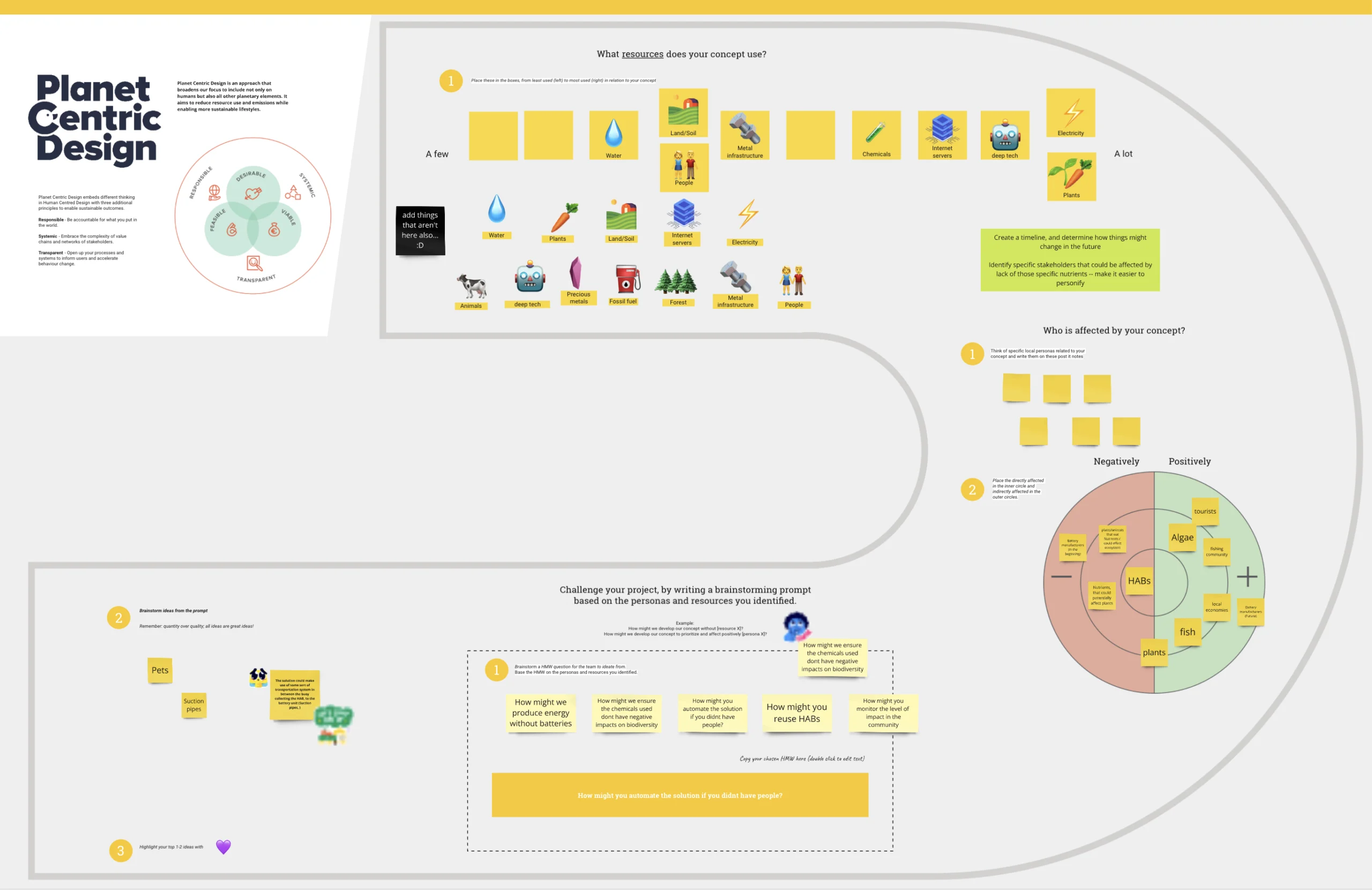
This activity also made us step back and reflect: Even though our idea is designed for a 2050 Human Inc. future scenario – a world where technological progress thrives but environmental conditions worsen – we asked ourselves: Shouldn’t we be striving for a better future instead of just adapting to a deteriorating one? This reinforced our belief that innovation should benefit the planet, people, and culture, not just solve problems within a compromised world.
Diving into Deep Tech
Another major breakthrough came from our Technology Deep Dives. We explored emerging technologies, dissected the Gartner Hype Cycle, and looked at potential applications for Deep Tech from CERN. These sessions helped us think beyond what’s possible today and speculate on how technology might evolve over the next 25 years.
Using the Gartner Hype Cycle, we examined feasibility, pinpointing which tech trends could realistically become game-changers. This activity prompted us to go beyond just brainstorming futuristic concepts – it encouraged us to think strategically about what could be built, tested, and implemented over time.
From an Idea to a Holistic System
Fueled by research and speculative thinking, we moved into the next phase – sketching and prototyping. Whiteboarding sessions became second nature as we iterated on how our system (especially its sensors) should function.
But one challenge remains: Even though the technologies we’re exploring are well-researched, they haven’t been extensively field-tested together. That uncertainty forced us to rethink our approach – instead of focusing on a single, isolated idea, why not create a holistic system that integrates multiple technologies?
Rather than just designing one independent concept, we’re now looking at how current technology, futuristic innovation, and creative problem-solving can come together into something more exciting, scalable, and impactful. Regardless of what we build, one thing remains certain: We must design with care, appreciation, and responsibility – leveraging what we have today to create a future that benefits both the planet and humankind.
What’s Next?
Our next step is to explore, experiment, and push boundaries. The road ahead won’t be easy, but challenges fuel creativity, and we’re ready to embrace them. Stay tuned – there’s more to come! 🚀
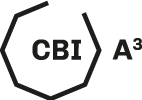
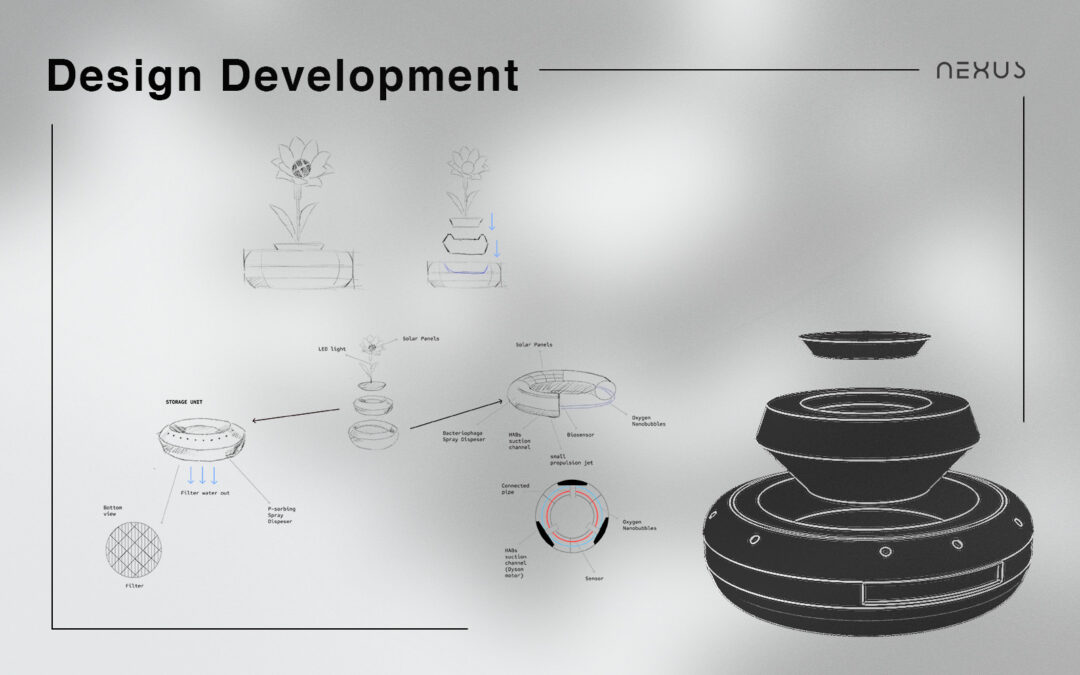
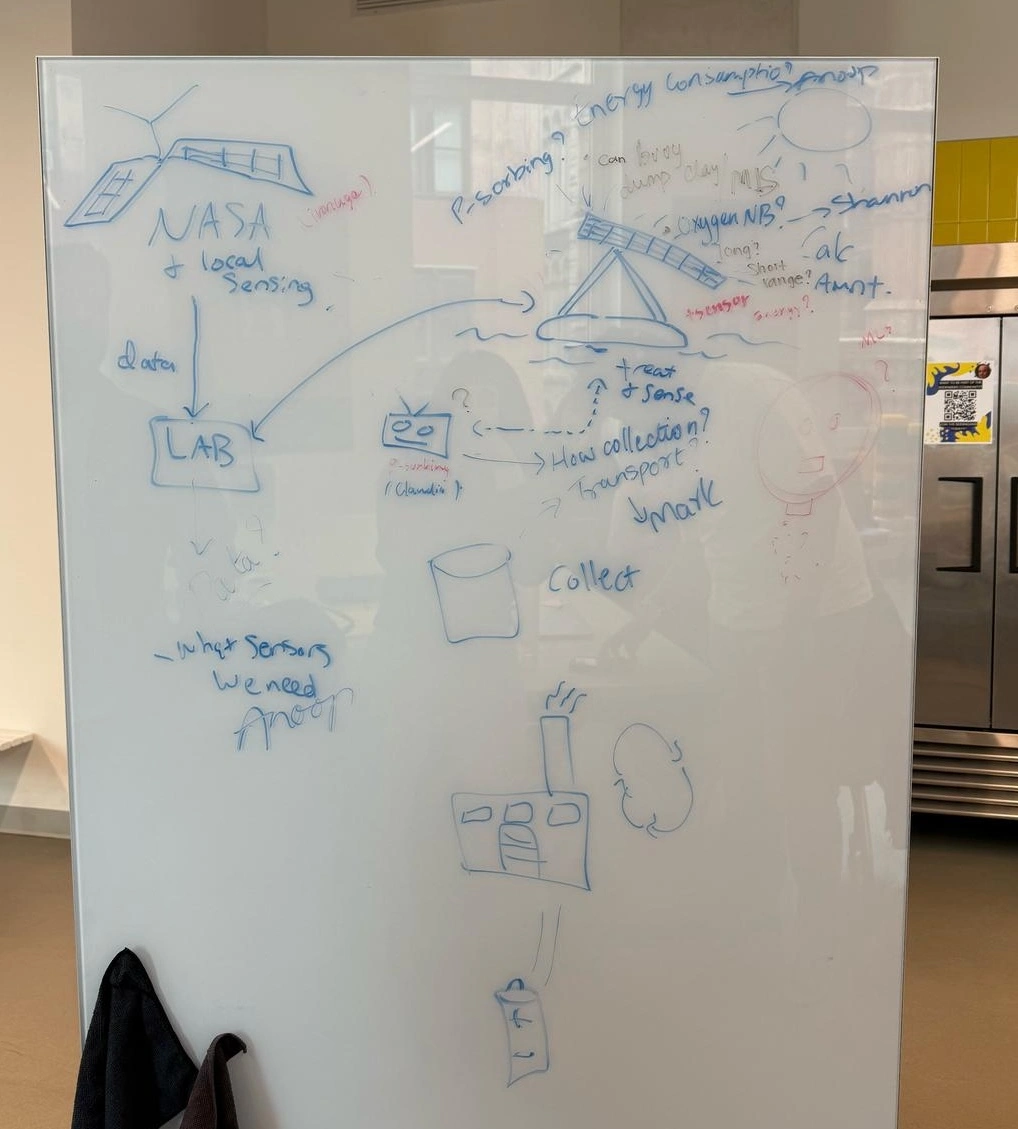
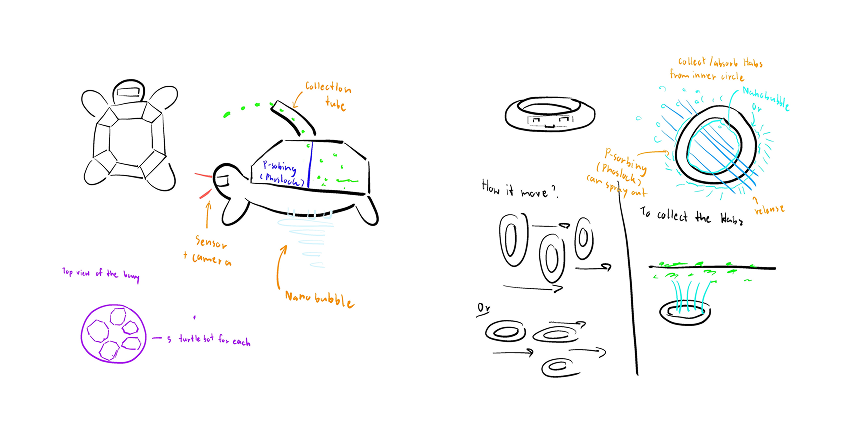
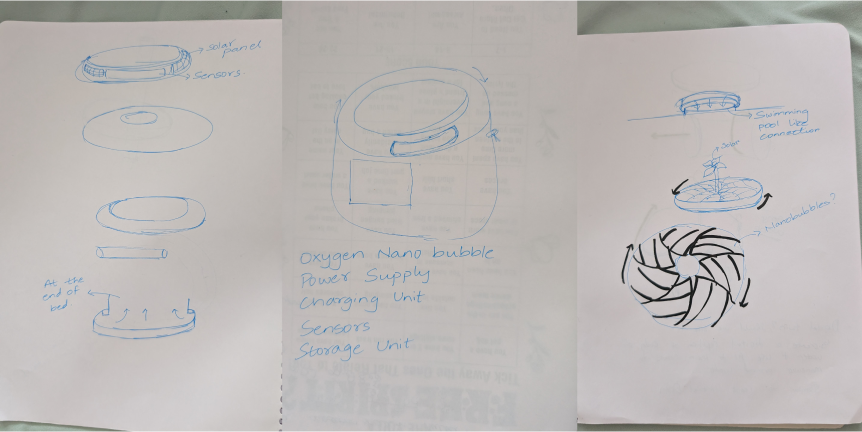
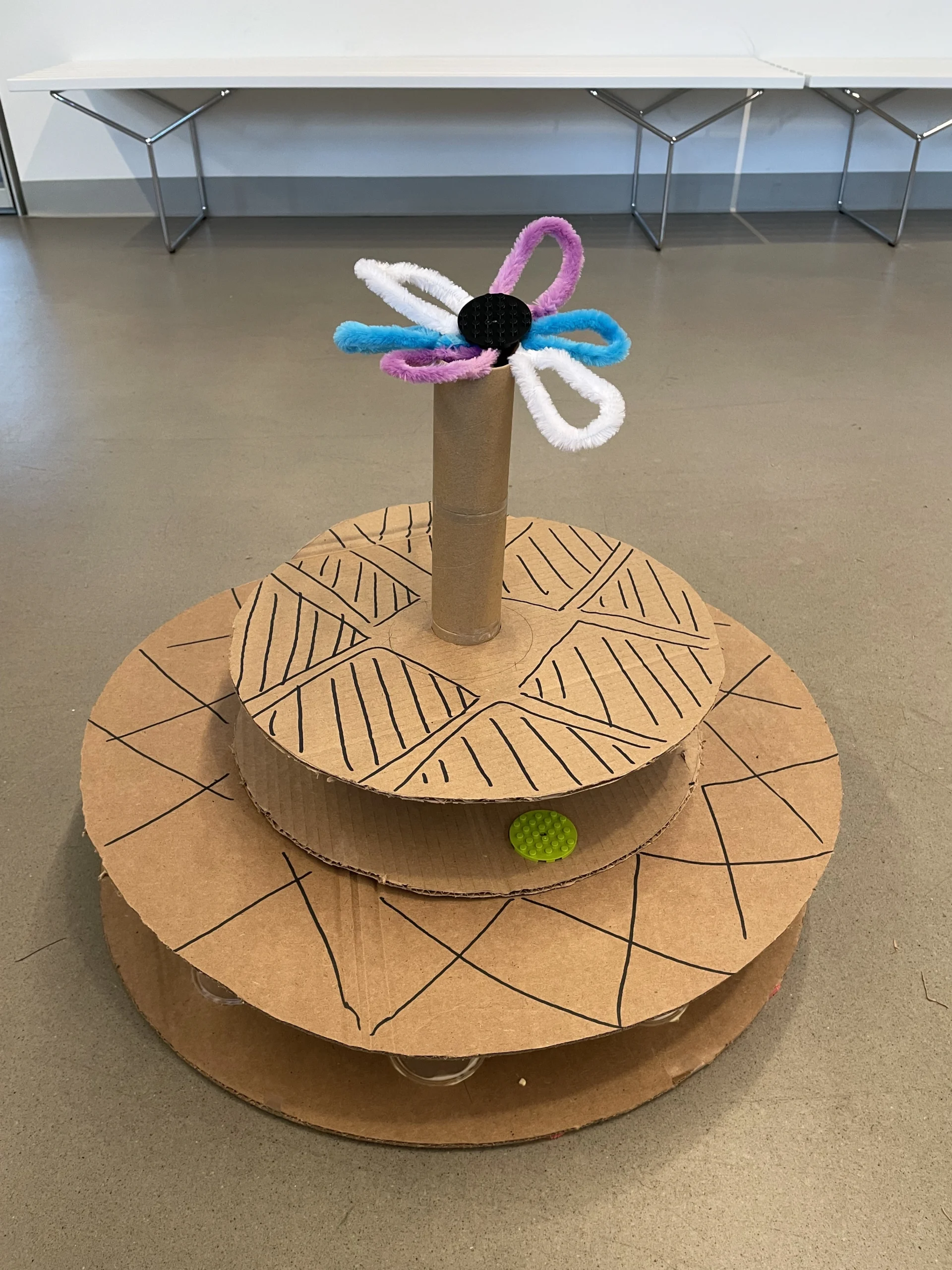
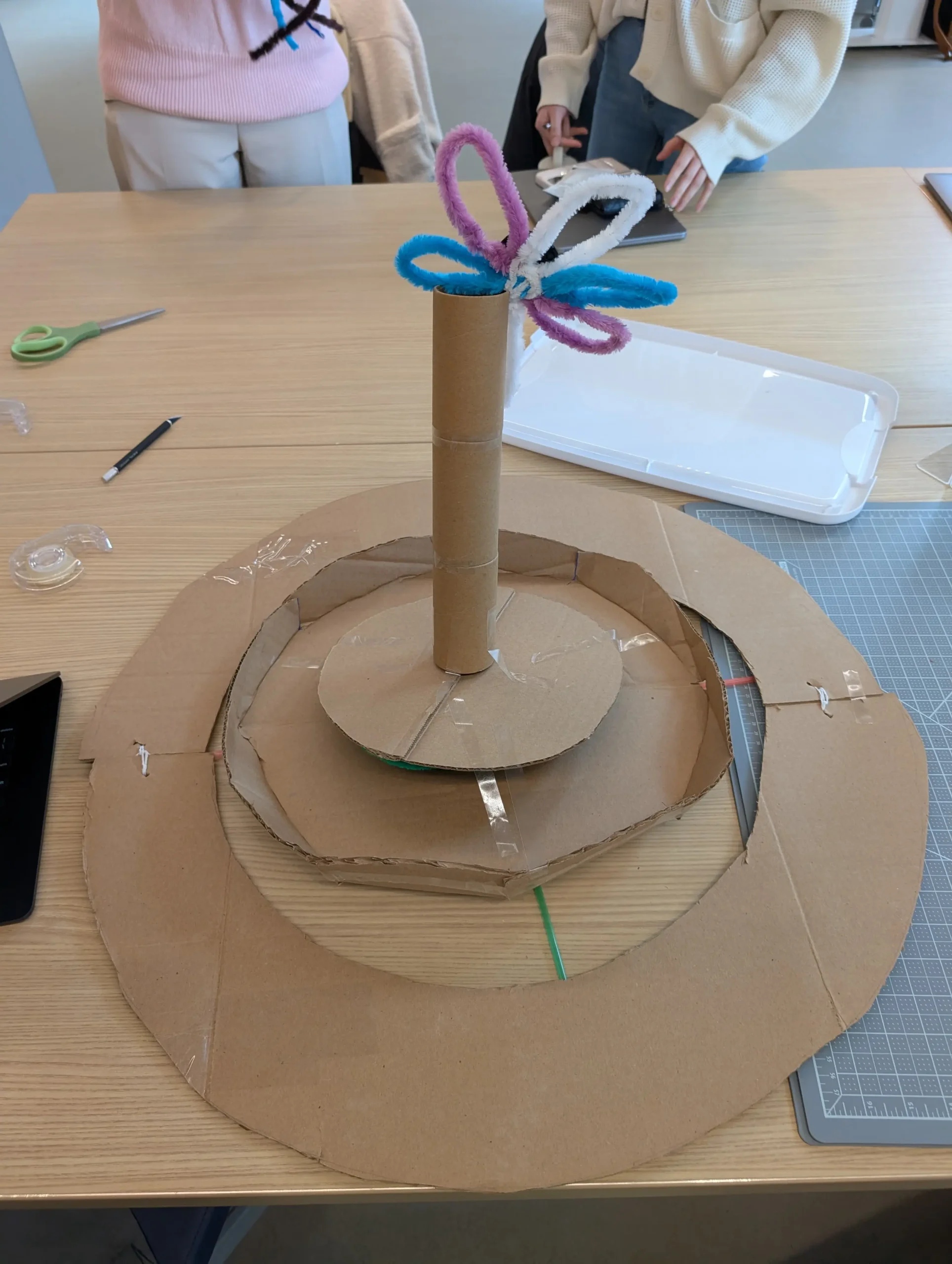
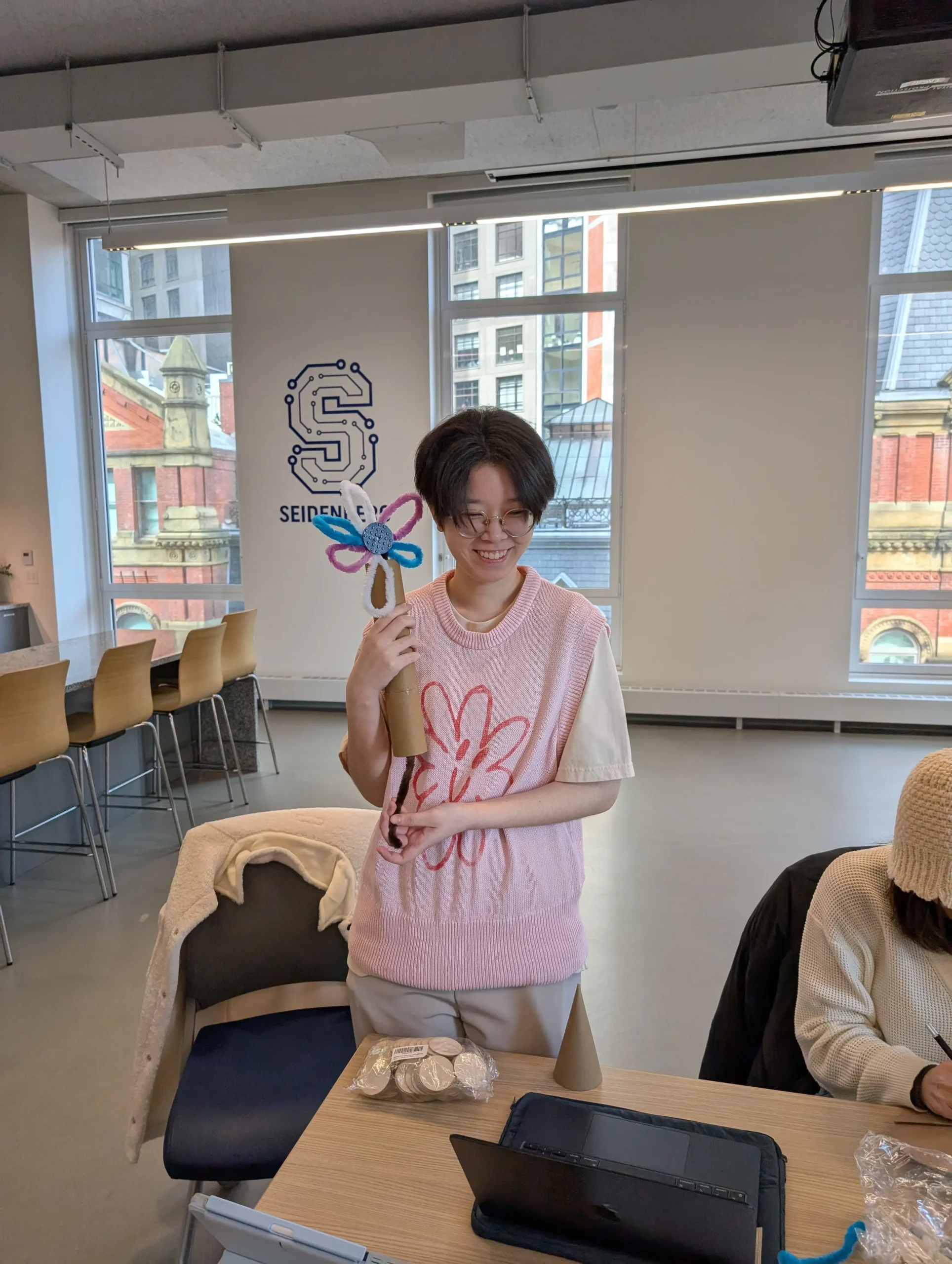
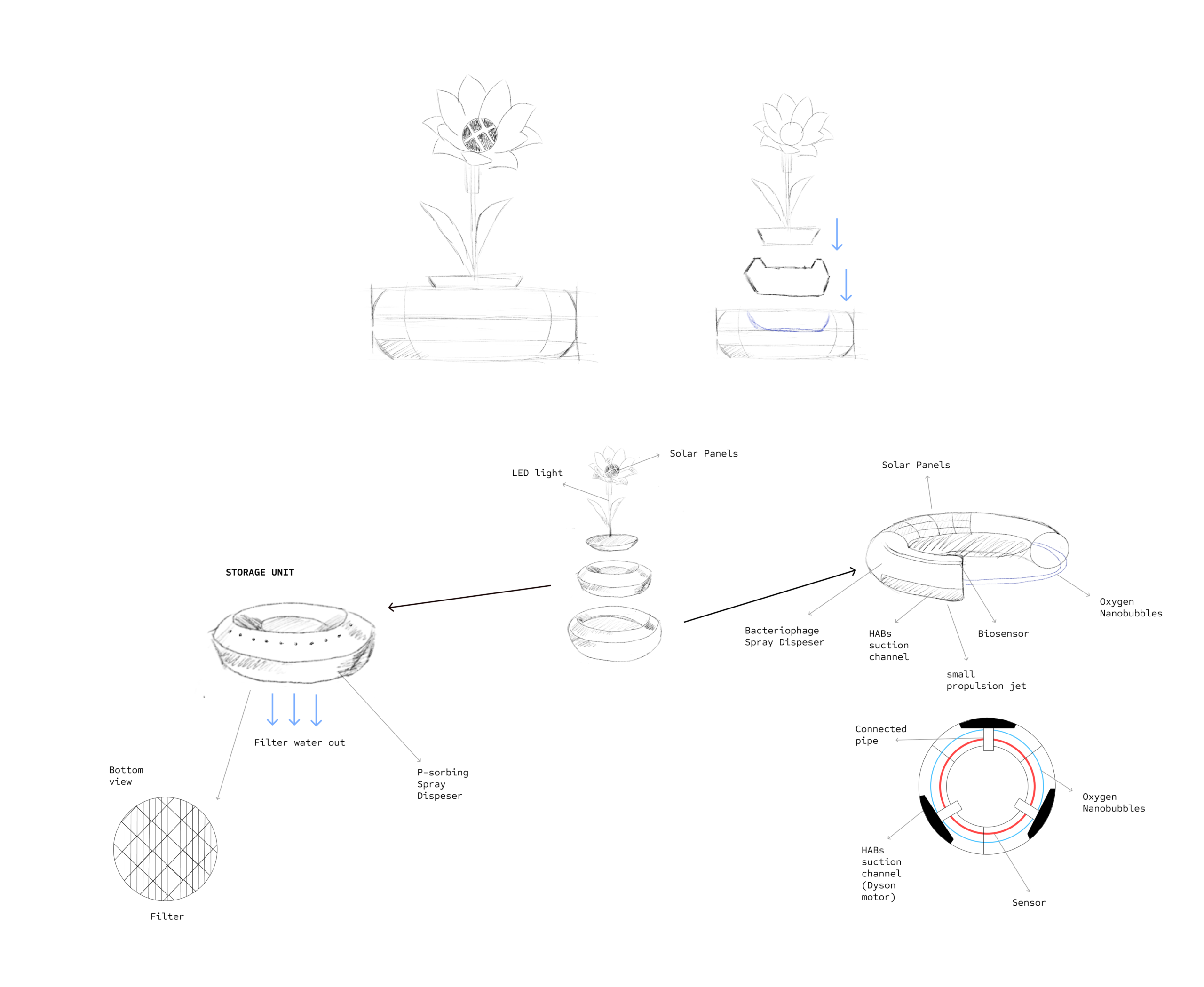
Recent Comments